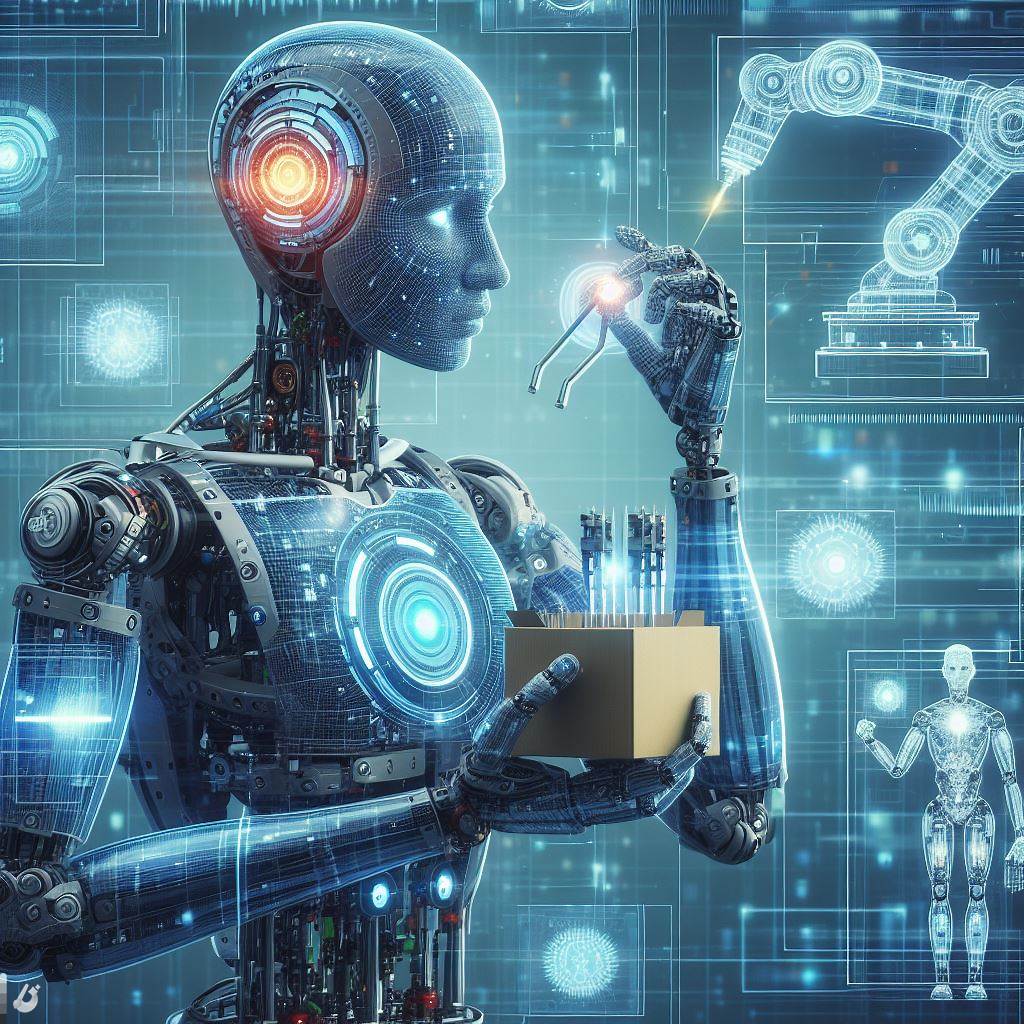
Robotics systems have seamlessly integrated into various real-world environments, particularly within industrial and manufacturing facilities. These robots, working alongside human counterparts, exhibit precision in assembling components before handing them over to humans for further processing.
Recent endeavors by roboticists and computer scientists focus on enhancing human-robot interactions in industrial settings. A noteworthy solution involves the development of 'digital twin' systems—virtual models replicating physical objects, such as products or components manufactured in these facilities.
In a significant breakthrough, researchers at Nanjing University of Aeronautics and Astronautics in China have introduced an advanced digital twin system aimed at refining collaboration between humans and robotic agents in manufacturing settings. This system, detailed in a paper published in Robotics and Computer-Integrated Manufacturing, generates a virtual map of real-world environments to plan and execute robot behaviors effectively during collaborative tasks.
The existing methods for constructing human digital twin models in industrial settings often utilize motion capture devices. However, these devices require personnel to wear cumbersome equipment, posing challenges to flexible interaction, a key principle in Human-Robot Collaboration (HRC). Addressing these limitations, the researchers propose a digital twin system specifically tailored for HRC.
Zequn Zhang, Yuchen Ji, and their colleagues created a digital twin system that replicates a collaborative scene between a human and a robot agent. This system plans collaborative strategies and executes them in the real-world environment, aiming to overcome challenges faced by previous motion capture-based digital twin systems.
To address occlusions, the obstruction of objects or agents outside the sensors' field of view, the researchers introduced a human mesh recovery algorithm. This computational technique reconstructs occluded human bodies, addressing a common drawback observed in earlier digital twin systems.
Furthermore, an uncertainty estimation technique was incorporated into the system to enhance the performance of the action recognition algorithm. This algorithm, responsible for recognizing different human actions, is optimized by controlling the risk of potential errors.
In laboratory experiments using an industrial robot, the researchers evaluated the new digital twin system's performance. The system proved to enhance collaboration between the robot and a human agent in various tasks, including polishing, picking up, assembling, and placing down objects.
"Experimental results demonstrate the superiority of the proposed methods over baseline methods," stated Zhang, Ji, and their colleagues. The feasibility and effectiveness of the HRC system were further validated through a case study involving component assembly.
This digital twin system, developed by the researchers, holds promise for implementation in other industrial robots, subject to further testing in additional experiments. Ultimately, its introduction in real-world settings could significantly enhance collaboration between robots and humans across diverse manufacturing and industrial tasks.